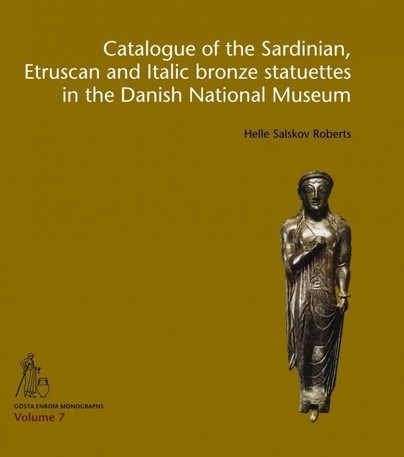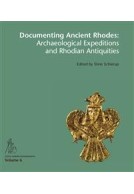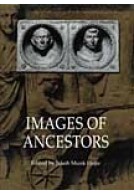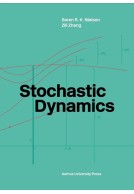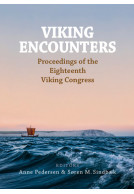Google Books previews are unavailable because you have chosen to turn off third party cookies for enhanced content. Visit our cookies page to review your cookie settings.
Catalogue of the Sardinian, Etruscan and Italic bronze statuettes in the Danish National Museum (Hardback)
Imprint: Aarhus University Press
Series: Gösta Enbom Monographs
Pages: 164
ISBN: 9788772194547
Published: 24th September 2021
Script Academic & Professional
Series: Gösta Enbom Monographs
Pages: 164
ISBN: 9788772194547
Published: 24th September 2021
Script Academic & Professional
You'll be £23.00 closer to your next £10.00 credit when you purchase Catalogue of the Sardinian, Etruscan and Italic bronze statuettes in the Danish National Museum. What's this?
+£4.99 UK Delivery or free UK delivery if order is over £40
(click here for international delivery rates)
Need a currency converter? Check XE.com for live rates
(click here for international delivery rates)
Need a currency converter? Check XE.com for live rates
In the First Millennium BC present-day Italy was inhabited by many different ethnic groups, most of which spoke a language affiliated with Latin. Sardinia, a large island to the West of the Italian mainland, had a culture characterized by nuraghs, a kind of massive stone tower, presumably for defense purposes. Many finds of bronze statuettes of warriors show the concern of the population to protect themselves from aggressors, also with divine support secured by impressive priestesses. However, Rome’s closest neighbours to the North were the Etruscans, who spoke a language quite different from any other people in Italy. For a long period Etruscan kings ruled the Romans who, however, liberated themselves from the foreigners and, in reverse, started to conquer their territory. Gradually, from about the Sixth Century BC to about 100 BC, the Romans came to dominate the Etruscans as well as the ethnic groups we call the Italics. But, apart from the military conflict, from which the Romans emerged victorious they were in many ways influenced by the Etruscans, whose prevalence in the field of religion and art they admired. Actually, they welcomed cultural exchange. A striking example is that the Romans invited a famous Etruscan artist to decorate their most important temple, dedicated to Jupiter, on the Capitol Hill. The Etruscan excellence in bronze casting has left a rich heritage of bronze sculpture. Statues and statuettes were used as gifts for the gods in sanctuaries both in Etruria and Rome, as well as in many other parts of Italy.
Other titles in the series...
Other titles in Aarhus University Press...







